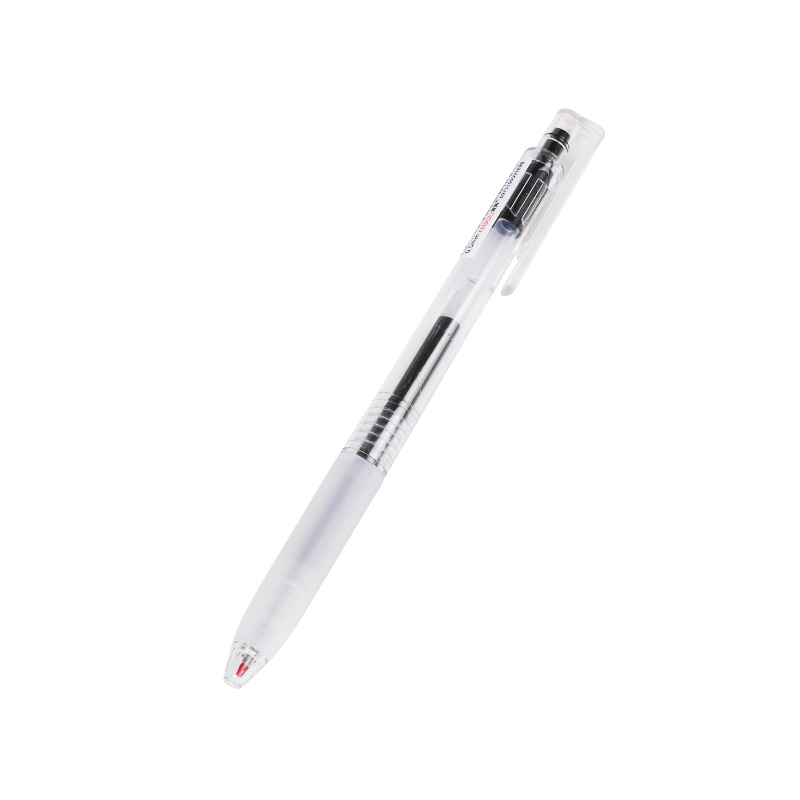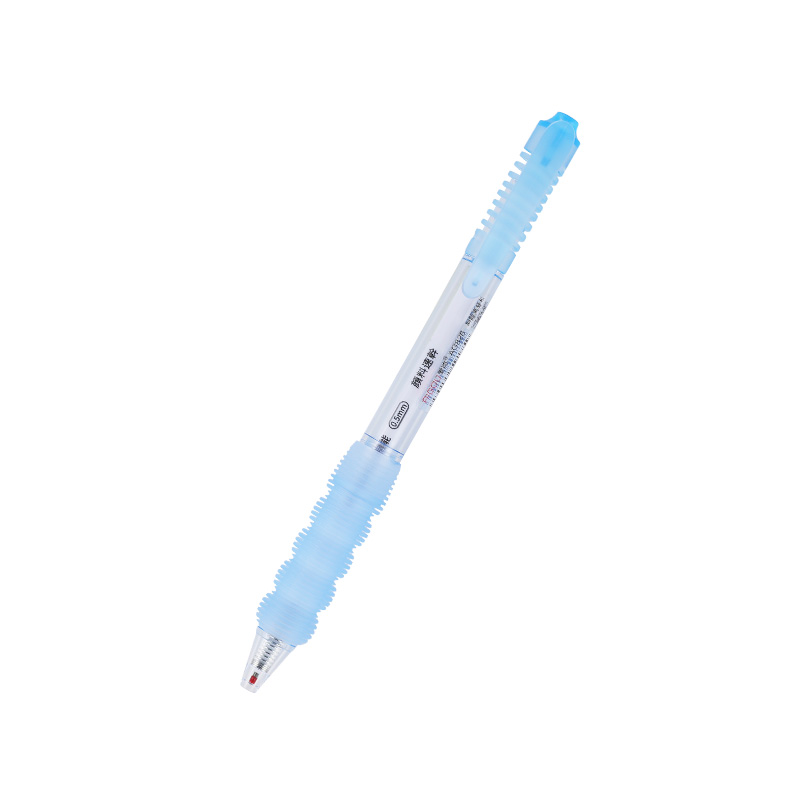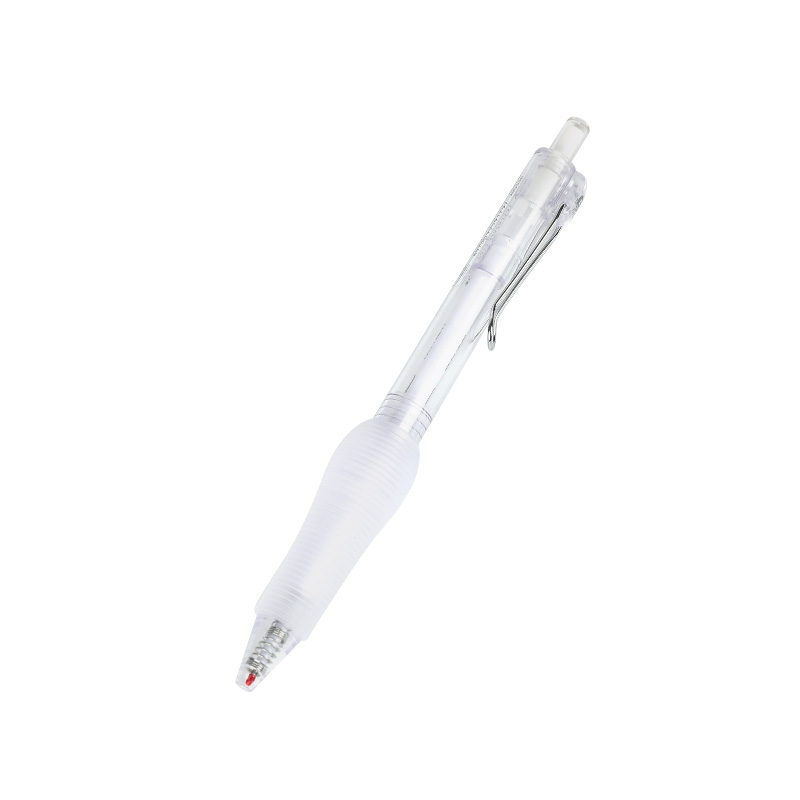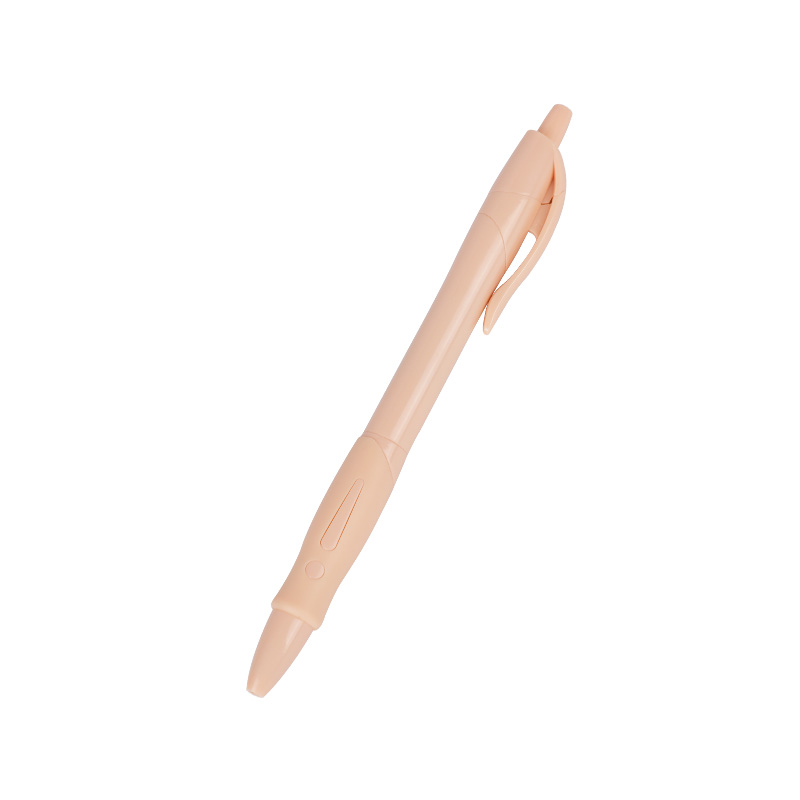Unlocking the Secrets of the Rolling Ball Pen
While smartphones and tablets dominate modern communication, a silent workhorse remains indispensable: the Rolling Ball Pen. Beyond its simple function, this ubiquitous tool harbors surprising secrets. Ever wondered how far your trusty Rolling Ball Pen can write before surrendering? The answer is surprisingly vast: industry standards suggest a typical Rolling Ball Pen can trace a line stretching an impressive 1.5 to 3 kilometers. Consider the iconic BIC Cristal—arguably the world's best-selling Rolling Ball Pen, with Guinness World Records acknowledging billions sold since 1950. Its specific formulation consistently delivers approximately 3 kilometers of smooth, reliable ink flow, a testament to meticulous engineering focused on endurance. This incredible distance, roughly equivalent to walking from the Eiffel Tower to the Louvre and back, is packed into a plastic barrel costing mere cents.
The magic, however, resides within the ink. Far from a simple colored liquid, Rolling Ball Pen ink is a precisely engineered suspension. Standard blue or black ink often relies on dyes dissolved in solvents like benzyl alcohol or phenoxyethanol. Achieving the viscosity is critical—too thick and the Rolling Ball Pen clogs; too thin and it leaks. Manufacturers operate sophisticated labs dedicated to ing this flow. For permanence, higher-end Rolling Ball Pen models utilize pigment-based inks. These contain microscopic solid particles (like carbon black) suspended within the liquid. Chinese manufacturer M&G Stationery, a global giant producing billions of Rolling Ball Pen units annually, heavily invests in nano-pigment technology for its premium lines. Their MG-6660 Rolling Ball Pen series employs advanced pigment dispersion, ensuring exceptional water and fade resistance crucial for archival documents and artists' work.
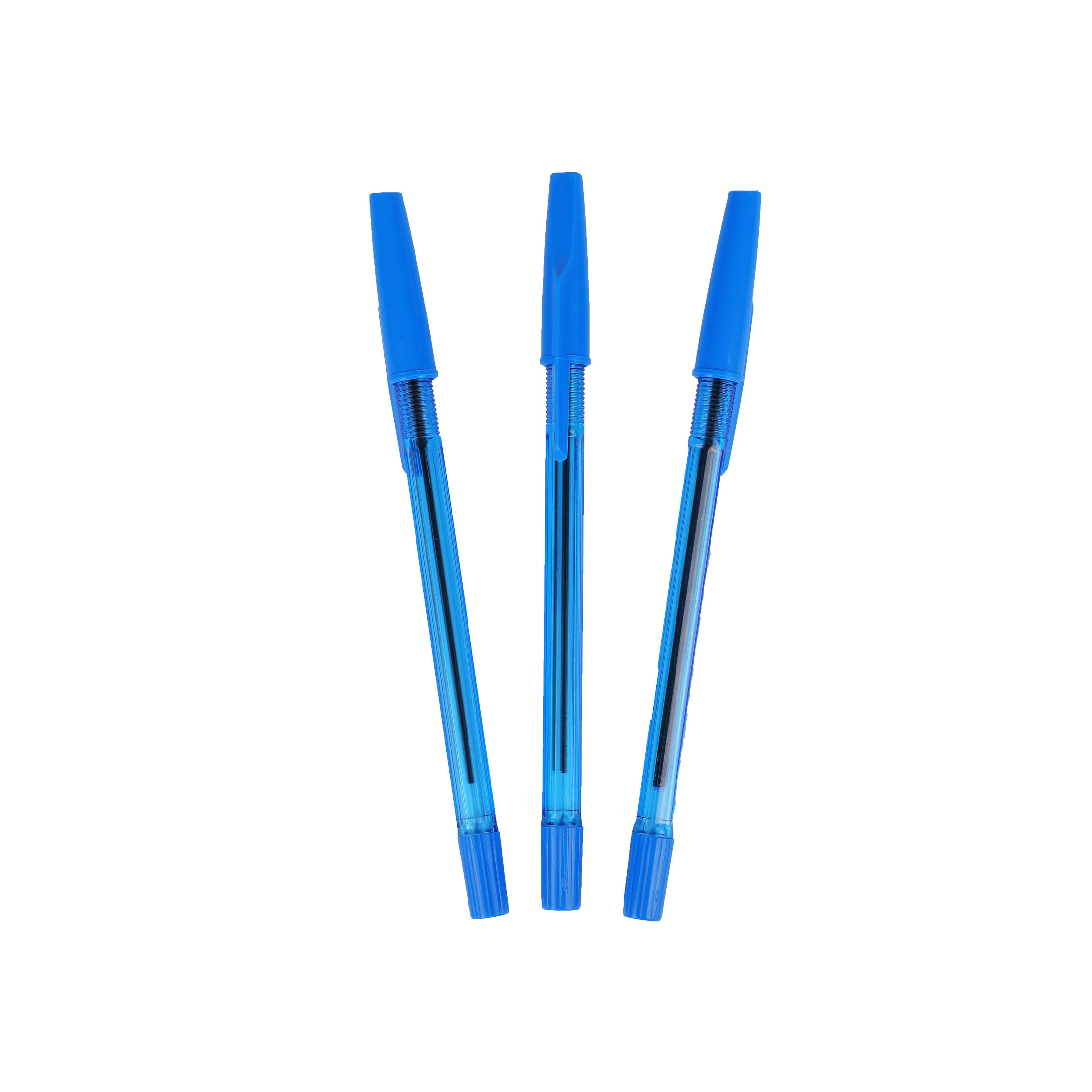
The journey of the Rolling Ball Pen itself is a marvel. Modern high-speed production lines can churn out thousands of Rolling Ball Pen components per hour. Tiny tungsten carbide ball bearings, often less than 1 mm in diameter, are precision-ground to near- sphericity. These minuscule spheres are then meticulously seated into the pen tip assembly—the very heart of the Rolling Ball Pen. The slightest imion here would cause skips or blobs. Companies like Japan’s Uni-ball (Mitsubishi Pencil Co.) are renowned for the exceptional smoothness of their Rolling Ball Pen tips, achieved through decades of refining manufacturing tolerances measured in microns.
The Rolling Ball Pen has also conquered unique environments. While the famous Fisher Space Pen uses pressurized cartridges, standard Rolling Ball Pen units have functioned effectively in space missions under controlled conditions, defying the myth that they universally fail in zero gravity. Back on Earth, specialised Rolling Ball Pen designs cater to diverse needs: ruggedized versions for construction sites, ergonomic grips for marathon writing sessions, and even security pens with ink detectable under UV light. The sheer adaptability of the Rolling Ball Pen format is remarkable.
From the astonishing kilometers hidden within its slender form to the complex chemistry flowing onto the page, the Rolling Ball Pen is a testament to unassuming brilliance. Its enduring global dominance—with hundreds of millions sold daily—stems not from flashiness, but from ed fundamentals. The next time you pick up a Rolling Ball Pen, remember the unseen journey: the precision engineering in its tip, the intricate science in its ink, and the kilometers of thought it’s ready to capture. This humble Rolling Ball Pen remains an irreplaceable icon of human ingenuity, quietly enabling ideas and signatures that shape our world. It truly is the unsung hero of the stationery aisle, proving that profound utility often resides in the simplest, familiar Rolling Ball Pen.

